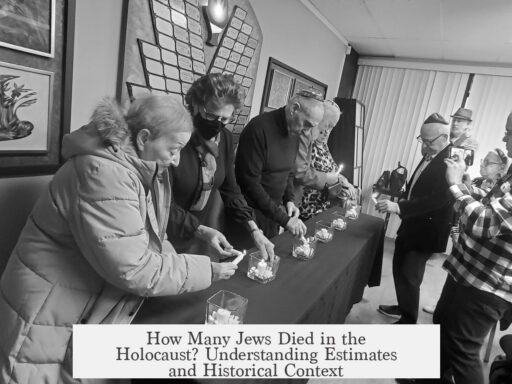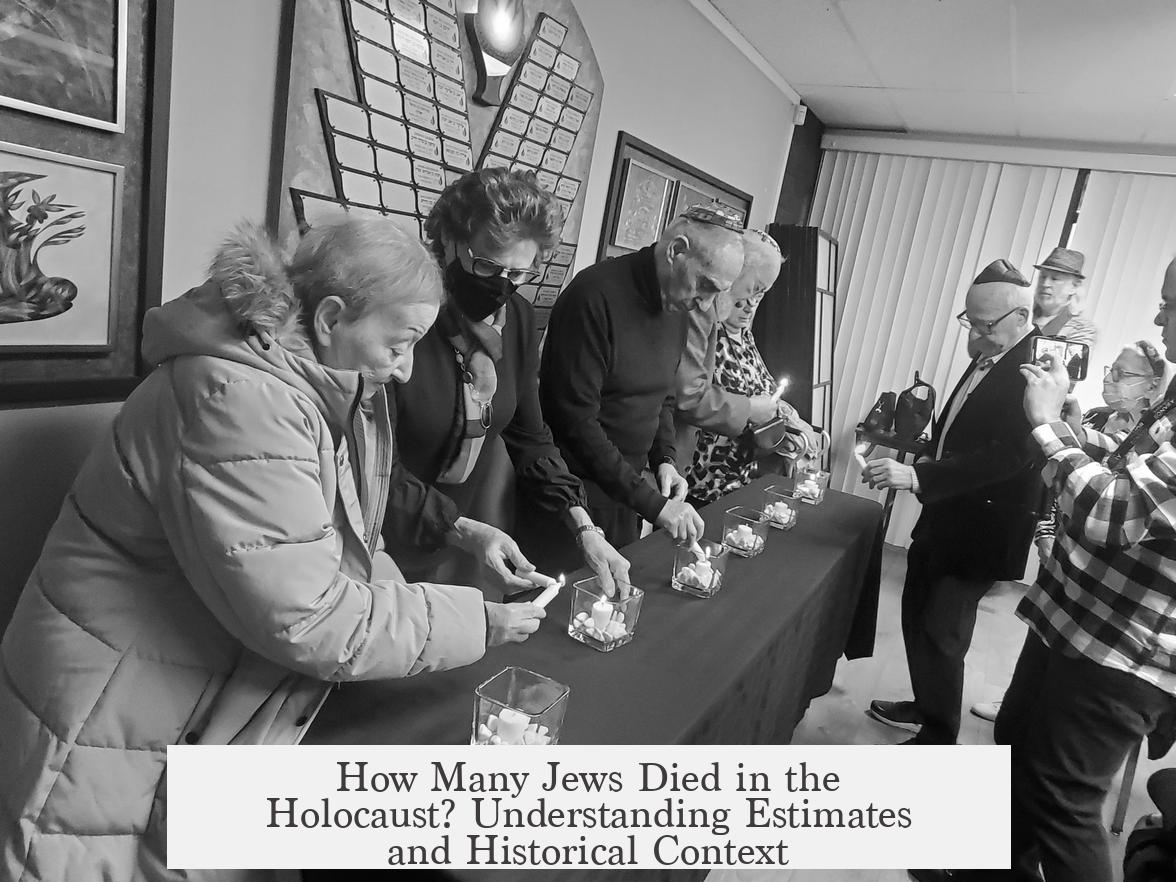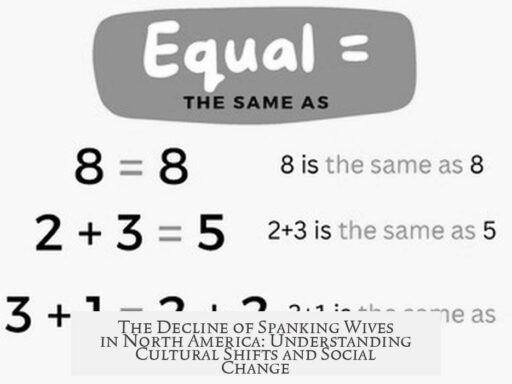The estimated number of Jewish deaths in the Holocaust varies among historians, but most place the figure near six million. This widely accepted figure is an approximate total based on decades of research, combining demographic data, records from concentration and extermination camps, and eyewitness testimony. While the exact number is difficult to pinpoint, estimates generally fall between 4.9 million and 6.2 million Jewish deaths.
Several leading historians provide different estimates:
- Timothy Snyder’s Bloodlands estimates about 5.4 million Jewish deaths from camps and shootings.
- Raul Hilberg’s The Destruction of the European Jews cites approximately 5.1 million.
- Wolfgang Benz gives a higher figure of around 6.2 million.
- Guttman and Rozett, collaborating in the Encyclopedia of the Holocaust, estimate about 5.9 million.
- Gerald Reitlinger provides the lowest estimate at 4.9 million.
Even though these numbers differ, they cluster around six million, making this figure the most practical reference for educational and public discussion.
Historians use two primary methods to estimate Jewish deaths:
- Direct estimating method – totals victims from camp records, shootings by Einsatzgruppen (mobile killing squads), and documented incidents.
- Indirect statistical method – compares demographic data before and after the war, adjusting for migration, displacement, and natural population changes.
Each approach has challenges. For example, in Eastern Europe, borders shifted frequently, complicating demographic data. Also, wartime and post-war records were incomplete or destroyed. Despite this, combining these methods leads to a convergence of estimates, achieving a high degree of confidence in the general range.
The detailed losses by country illustrate the scale and geographic variation of the tragedy. The following table summarizes estimated pre-war Jewish populations, approximate numbers killed, and percentages of loss:
| Country | Estimated Pre-War Jewish Population | Estimated Jewish Population Killed | Percentage Killed |
|---|---|---|---|
| Poland | 3,300,000 | 3,000,000 | 91% |
| Baltic countries | 253,000 | 228,000 | 90% |
| Germany & Austria | 240,000 | 210,000 | 88% |
| Bohemia & Moravia | 90,000 | 80,000 | 89% |
| Slovakia | 90,000 | 75,000 | 83% |
| Greece | 70,000 | 54,000 | 77% |
| Netherlands | 140,000 | 105,000 | 75% |
| Hungary | 650,000 | 450,000 | 70% |
| Belorussian SSR | 375,000 | 245,000 | 65% |
| Ukrainian SSR | 1,500,000 | 900,000 | 60% |
| Belgium | 65,000 | 40,000 | 60% |
| Yugoslavia | 43,000 | 26,000 | 60% |
| Romania | 600,000 | 300,000 | 50% |
| Norway | 1,800 | 900 | 50% |
| France | 350,000 | 90,000 | 26% |
| Bulgaria | 64,000 | 14,000 | 22% |
| Italy | 40,000 | 8,000 | 20% |
| Luxembourg | 5,000 | 1,000 | 20% |
| Russian SFSR | 975,000 | 107,000 | 11% |
| Denmark | 8,000 | 120 | 2% |
| Finland | 2,000 | Unknown | Unknown |
| Total | 8,861,800 | 5,933,900 | 67% |
Poland experienced the highest losses both numerically and proportionally, with about 91% of its Jewish population murdered. Other regions like the Baltic states and Germany also suffered severe losses.
The calculation of these figures includes breaking down causes of death. The “addition” method counts victims from:
- General privation, such as starvation and disease, especially in ghettos.
- Executions by Einsatzgruppen units and other shooting actions.
- Deaths within extermination and concentration camps like Auschwitz-Birkenau, Sobibor, and Treblinka.
Extensive documentation helps approximate these numbers. Jewish councils tracked food and space in ghettos. German security authorities produced records for deportations and killings. Despite lost or destroyed archives, enough evidence exists to allow historians to make informed estimates.
The case of Auschwitz exemplifies challenges in estimating death tolls. Early Soviet claims suggested around 4 million deaths there. However, modern historical research places the number near 1.1 million, reflecting better access to records and more precise methodologies.
One reason the round figure of six million prevails in education and public discourse is simplicity. Exact numbers, such as 5,498,xxx victims, are hard to convey. Rounding makes the scale easier to grasp while maintaining historical accuracy within accepted margins of error.
Scholars caution that no estimate can be exact. Raul Hilberg notes that margins of error in these calculations “may be wider than they seem” and that “exactness is impossible.” Yet, error margins typically fall around 8.5%, roughly half a million in this context. This level of uncertainty supports the conclusion that six million remains a credible and responsible figure.
A high degree of confidence in estimates arises from converging lines of evidence, rather than any single source. Population data, camp records, eyewitness accounts, and demographic comparisons collectively underpin current figures.
- Historians’ estimates range from approximately 4.9 million to 6.2 million Jewish deaths.
- Approximately two-thirds of the pre-war Jewish population in Europe perished during the Holocaust.
- Losses varied greatly by country, with Poland and the Baltic states suffering the highest percentages.
- The six million figure is a rounded, simplified number used primarily for education and public awareness.
- Multiple methods of calculation, including direct records and statistical comparisons, help triangulate the total despite incomplete data.
- Contemporary estimates correct earlier errors, such as Soviet overestimates of Auschwitz deaths.
- Overall, a consensus among historians supports a figure close to six million Jewish victims of the Holocaust.
How Many Jews Actually Died in the Holocaust? Unpacking the Numbers and the History Behind Them
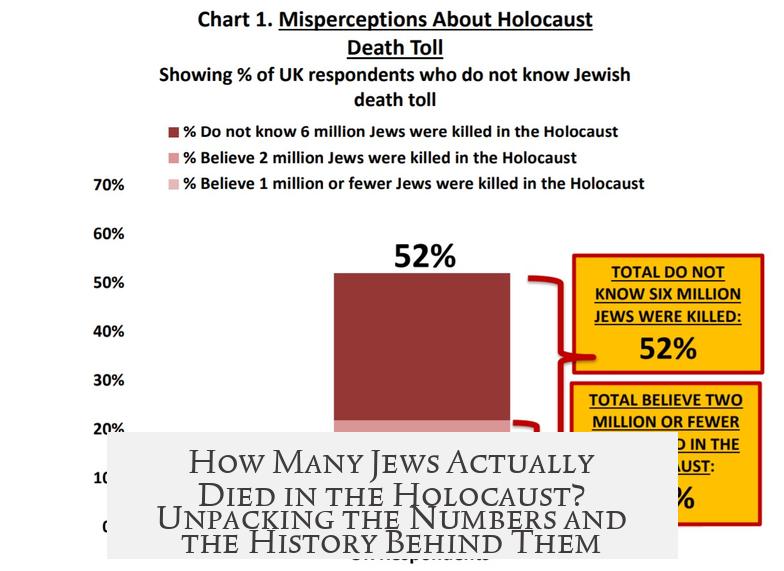
First things first: How many Jews actually died in the Holocaust? The short answer everyone hears is “six million,” but as with many historical questions, the truth is a bit more complex. Historians haven’t reached a unanimous agreement on the exact figure, and that’s not because anyone is dodging the topic. Instead, it highlights the challenges in piecing together a tragedy of such unimaginable scale.
Let’s dive right into the numbers and the fascinating—if sobering—efforts scholars use to understand one of history’s darkest chapters.
The Wide Range of Estimates: Not Just a Simple Number
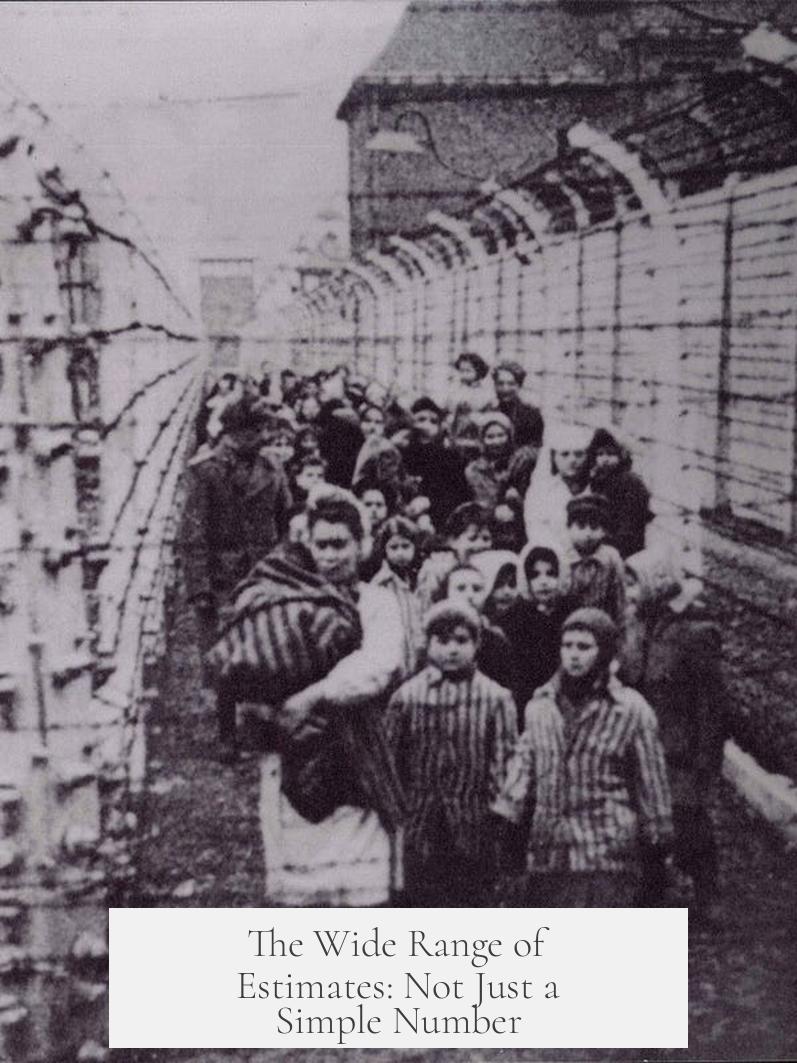
The “six million” mark is a well-known figure, but it’s actually a rounded number, used largely for simplicity and clarity in education and public discourse. Different historians have made their own best estimates, often based on various methods and incomplete records. For instance, Timothy Snyder, in his widely read book Bloodlands, estimates about 5.4 million Jewish deaths—via both concentration camps and shootings.
On the other hand, renowned historian Raul Hilberg, whose work The Destruction of the European Jews remains a cornerstone, puts the figure slightly lower at 5.1 million. Then, there’s Wolfgang Benz, a German historian, whose estimates climb a bit higher to about 6.2 million. Guttman and Rozett collaborated on an Encyclopedia of the Holocaust entry and offered an estimate of 5.9 million. The lowest among notable historians, Gerald Reitlinger, estimated about 4.9 million.
That’s quite the range—from just under five million to over six! Why the discrepancy? Well, historical research in such a turbulent context involves fragments of records, destroyed documents, and countless personal tragedies recorded imperfectly, if at all.
Country by Country: What About the Geography of Loss?
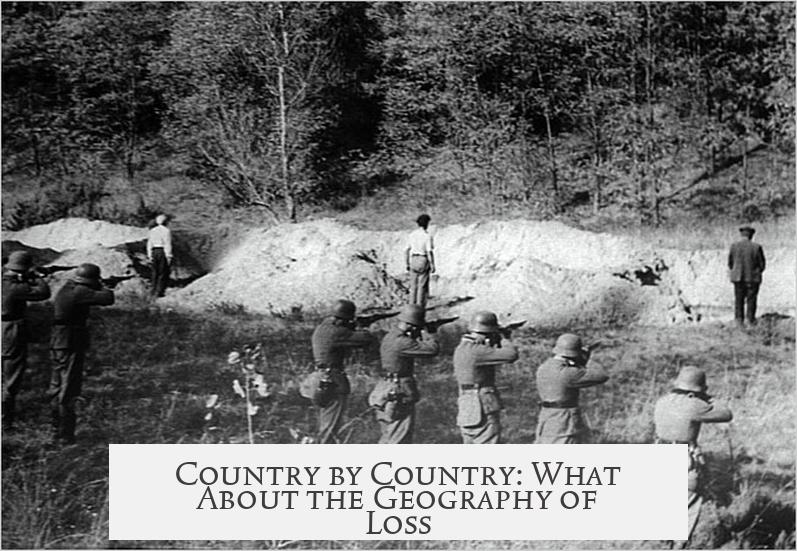
| Country | Est. Pre-War Jewish Population | Est. Jewish Population Killed | Percent Killed |
|---|---|---|---|
| Poland | 3,300,000 | 3,000,000 | 91% |
| Baltic Countries | 253,000 | 228,000 | 90% |
| Germany & Austria | 240,000 | 210,000 | 88% |
| Bohemia & Moravia | 90,000 | 80,000 | 89% |
| Slovakia | 90,000 | 75,000 | 83% |
| Greece | 70,000 | 54,000 | 77% |
| Netherlands | 140,000 | 105,000 | 75% |
| Hungary | 650,000 | 450,000 | 70% |
| Belorussian SSR | 375,000 | 245,000 | 65% |
| Ukrainian SSR | 1,500,000 | 900,000 | 60% |
| Belgium | 65,000 | 40,000 | 60% |
| Yugoslavia | 43,000 | 26,000 | 60% |
| Romania | 600,000 | 300,000 | 50% |
| Norway | 1,800 | 900 | 50% |
| France | 350,000 | 90,000 | 26% |
| Bulgaria | 64,000 | 14,000 | 22% |
| Italy | 40,000 | 8,000 | 20% |
| Luxembourg | 5,000 | 1,000 | 20% |
| Russian SFSR | 975,000 | 107,000 | 11% |
| Denmark | 8,000 | 120 | 2% |
| Finland | 2,000 | ? | ? |
| Total | 8,861,800 | 5,933,900 | 67% |
Take a look at this table. It breaks down the loss by country. Poland, home to the largest Jewish community in pre-war Europe, suffered a staggering 91% loss. The Baltic countries, Germany, Austria, Bohemia, and Moravia also saw lose rates close to 90%. Countries like France and Italy had significantly lower percentages — yet even those figures represent tremendous human loss.
This table gives perspective. It’s a patchwork of terror and destruction, varying regionally but universally tragic. The Nazis didn’t just kill people; they dismantled entire cultures, restarting with the Jewish communities scattered across Europe.
How Do Historians Even Calculate These Numbers? The Art (and Science) of Estimation

It’s not like the Nazis stamped every victim with a number and handed over a ledger. Historians rely on two main methods: the direct and the indirect.
- Direct estimating: This looks at records from concentration and extermination camps, Einsatzgruppen shootings (mobile killing squads), and other documented deaths. There are lists — deportations, camp rosters, killing reports — that help researchers piece scraps into a bigger picture.
- Indirect method: This uses broad statistical comparisons. Pre-war population data, emigration figures, and post-war census info offer a “subtract and infer” approach. The challenge here? Borders shifted, records were lost or altered, especially in Eastern Europe, making many numbers hard to compare directly.
German historian Wolfgang Benz describes merging these two approaches to get a solid estimate. While numbers will never be exact, using both methods together narrows the range and improves accuracy.
Other scholars, like Hilberg and Reitlinger, combine extensive demographic analysis, camp reports, and survivor data. Even then, Hilberg wisely warns: “Exactness is impossible,” meaning no historian can claim to know precise digits down to the last individual.
But don’t worry. This doesn’t mean the six million figure is off by millions or that it might be wildly inaccurate. The margin of error across various studies is around 8.5%, roughly half a million. So while it’s not “exact,” experts agree the figure hovers near six million — sadly, a number still vast beyond imagination.
The “Addition” Method: Counting Losses Through Different Categories
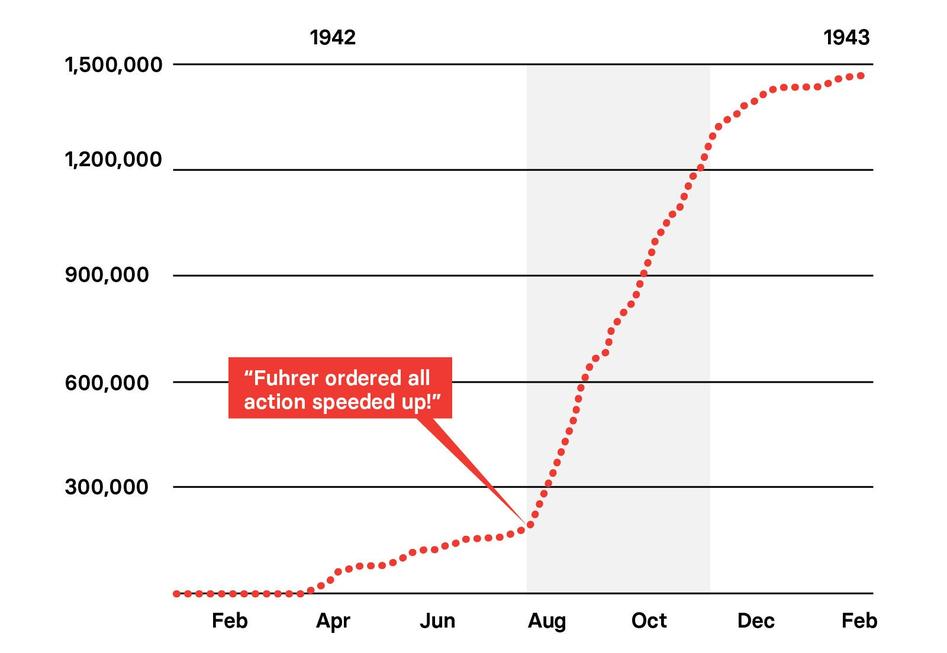
One useful approach is the so-called “addition method.” It breaks down deaths into three broad buckets:
- Deaths from starvation and disease, especially in ghettos.
- Shootings and mass executions by the Einsatzgruppen and others.
- Deaths in concentration and extermination camps such as Auschwitz-Birkenau, Sobibor, and Treblinka.
Ghettos and camps kept records on food rationing. The SS (Schutzstaffel) maintained detailed Einsatzgruppen reports listing victims. Deportation lists helped tally those sent to camps, sometimes even for billing and inventory purposes. By combining this data, historians build a fuller picture of losses.
The “subtraction method” complements this. Start from pre-war Jewish population numbers, subtract those who emigrated, survived the war, or were relocated, and the sad remainder reflects the death toll. This triangulation confirms the grim scale of the Holocaust.
Auschwitz: From Soviet Myths to Historical Reality
The death toll in Auschwitz, the most infamous extermination camp, illustrates the evolution of Holocaust estimates. Early Soviet claims estimated about 4 million victims there, partly for propaganda purposes immediately after the war. Modern historians, using records and research, place the number at about 1.1 million.
This does not diminish the horror. Over a million people murdered in one camp alone is devastatingly massive. Accurate data matters—not only to preserve historical truth but to honor each victim’s memory properly.
Why Stick With Six Million? The Simplified Narrative for Learning
So why do we keep saying “six million,” despite all the complexity? Because it’s a straightforward, memorable number that lies within the estimated range with strong scholarly support.
Imagine telling schoolchildren the exact number was 5,498, representing a tall but specific figure. It’s a lot to grasp, and the decimals here might obscure the magnitude. Simplifying to six million helps ensure the tragedy’s scale is neither underplayed nor overcomplicated.
That doesn’t mean we ignore nuance. Scholars and educators acknowledge that six million is a rounded figure. It’s a symbol, a way to convey immense human loss in accessible terms.
What Can We Learn From These Estimates?
Numbers alone can’t express the despair, loss, or courage behind the Holocaust. But understanding the process of counting and estimating helps us appreciate the painstaking work of historians while respecting the victims.
We see the harrowing impact differed by country, shaped by local histories, Nazi policies, and resistance efforts. The story behind the numbers reminds us that history is complex and requires care to tell well.
Next time someone questions the number of Jews killed, remember it’s not about debating between five or six million. It’s about honoring the memory of millions who suffered indescribably, while trusting the dedication of researchers piecing together the truth from chaos.
So, how many Jews actually died in the Holocaust? The answer is approximately six million, plus or minus hundreds of thousands. Not a perfect tally, but a solemn reminder of immense loss.
And beyond the numbers lies a call to never forget.
